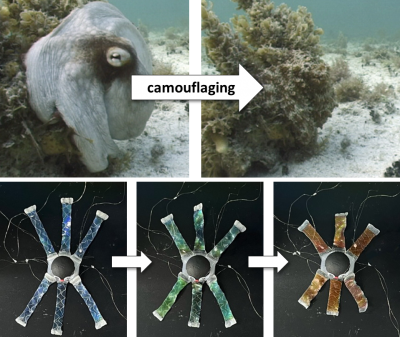Scientists are embarking on a groundbreaking investigation into the elusive substance known as dark matter, deep beneath the French Alps. This research, conducted at the European Organization for Nuclear Research (CERN), aims to uncover the fundamental nature of dark matter, which is thought to make up approximately 27% of the universe. Despite being invisible, its effects can be observed through the gravitational influence it exerts on visible matter, such as binding galaxy clusters together and affecting the motion of stars within galaxies.
The quest for understanding dark matter is critical to advancing our knowledge of the universe. Current astrophysical models have shown that the gravitational effects of dark matter are essential for explaining the structure and behavior of galaxies. For instance, stars within galaxies orbit at speeds that should cause them to fly apart; however, the presence of dark matter helps keep them bound together.
A team of researchers at CERN is utilizing the facility’s state-of-the-art technology to conduct experiments aimed at detecting dark matter particles. These experiments involve deep underground laboratories, where scientists can minimize interference from cosmic rays and other environmental factors. The location in the French Alps provides an ideal setting, as its remote mountainous terrain offers natural shielding from outside influences.
Understanding the Universe’s Missing Mass
Dark matter remains one of the most significant unsolved mysteries in modern physics. Its existence was first proposed in the 1930s when astronomers noticed discrepancies in the movement of galaxies. Subsequent observations have consistently supported the presence of dark matter, but direct detection has proven elusive.
The ongoing research at CERN is part of a broader international effort to understand this mysterious substance. The experiments aim to identify potential dark matter candidates, such as Weakly Interacting Massive Particles (WIMPs) or axions, which are theorized to be components of dark matter.
In March 2024, CERN plans to launch a series of high-precision experiments that will allow scientists to explore various detection methods. These methods could include advanced particle detectors and cryogenic technologies designed to capture the faint signals that dark matter particles might produce when they interact with normal matter.
The Importance of Collaborative Research
The investigation into dark matter is a collaborative effort that brings together physicists from around the world. By pooling resources and expertise, researchers hope to accelerate the discovery process. This teamwork is essential, as the complexities of dark matter research require diverse skill sets and innovative approaches.
As the search for dark matter continues, its implications extend far beyond the realm of particle physics. Understanding dark matter could revolutionize our comprehension of the universe’s formation and evolution. It may also lead to advancements in technology and new applications in various fields, including energy and materials science.
In summary, the quest for dark matter beneath the French Alps represents a pivotal moment in scientific exploration. As researchers at CERN work tirelessly to unravel this cosmic mystery, they stand on the brink of potentially transformative discoveries that could reshape our understanding of the universe.





































































